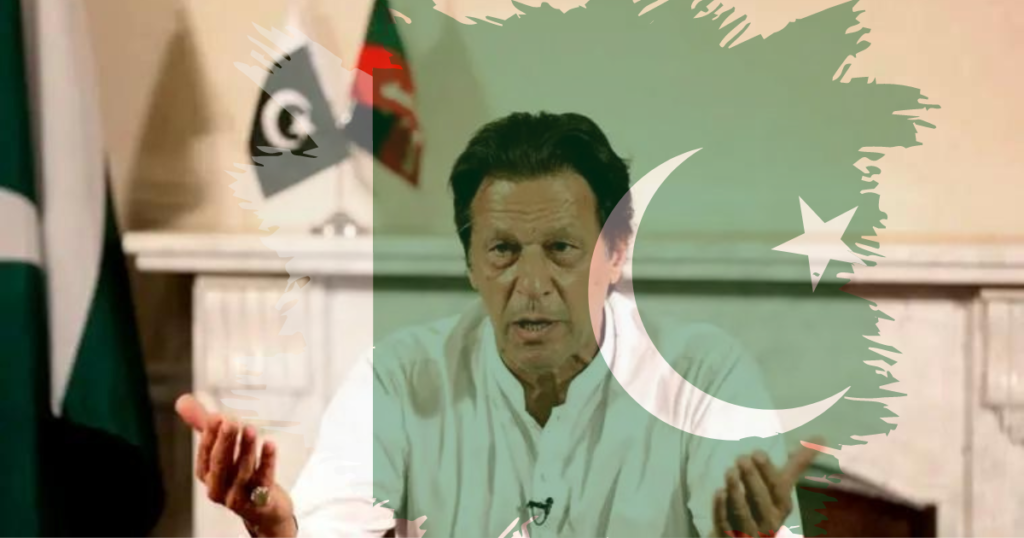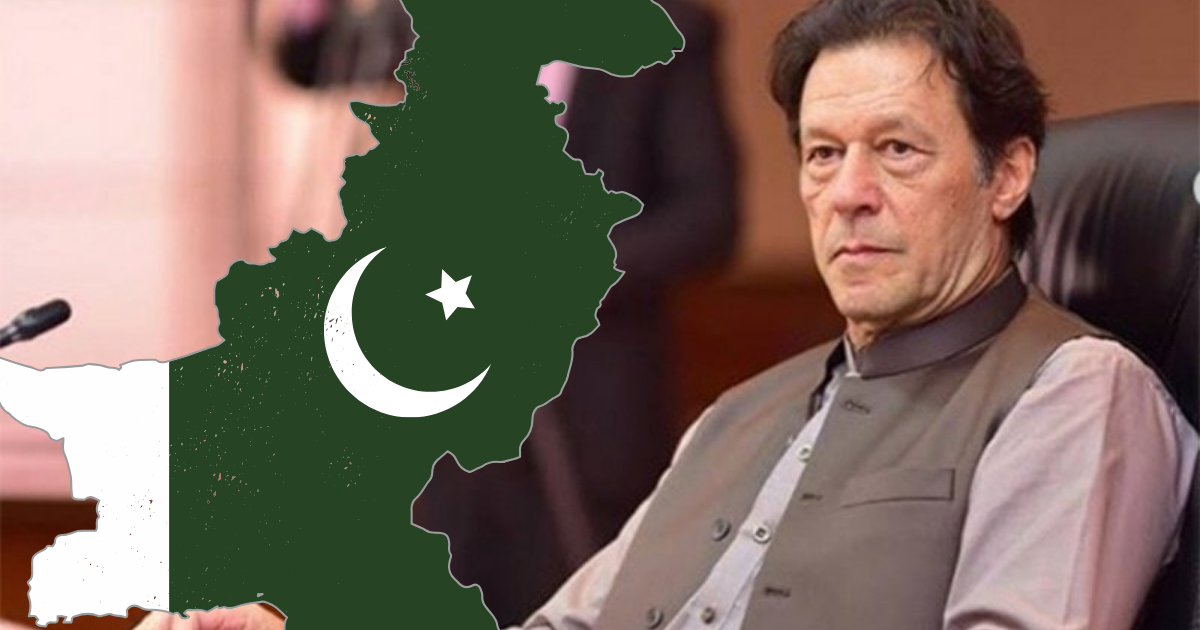In Pakistan’s recent election, a remarkable development unfolded: independent candidates backed by former Prime Minister Imran Khan emerged as the largest group, but lacked the formal structure to govern. This presents an intriguing scenario: can these “electables,” united solely by Khan’s charisma and anti-establishment sentiment, forge a viable government? Or will the weight of conflicting agendas and the tactics of established political players prove too burdensome? Delve into the twists and turns of the Pakistan Election and see if Khan’s supporters can defy the odds and form a new government.
Did Khan’s Strategy of Running Independents Work?
To overcome potential disqualification from contesting elections, Khan adopted a unique strategy: backing independent candidates who shared his party’s ideology. This gamble paid off, as PTI-backed independents clinched 93 seats, surpassing both the Pakistan Muslim League-Nawaz (PML-N) and the Pakistan Peoples Party (PPP). This unexpected turn of events highlights the public’s continued support for Khan’s anti-establishment narrative, even in the absence of his direct candidacy.
But Can Independents Form a Government?
Here’s the catch: to form a government, a party or coalition requires 134 seats in the 266-member National Assembly. Here’s the current breakdown:
- PTI-backed independents: 93 seats
- Pakistan Muslim League-Nawaz (PML-N): 75 seats
- Pakistan Peoples Party (PPP): 54 seats
- Muttahida Qaumi Movement-Pakistan (MQM-P): 17 seats
Although PTI-backed independents hold the most seats, they still lack the necessary majority. This presents a unique challenge. Independents can either:
- Formally join an existing party: This appears improbable, as Khan has expressed reservations about joining forces with other established parties.
- Create a new party: This process would be time-consuming and wouldn’t affect the current government formation.
- Establish an alliance: This is the most likely option. PTI has initiated discussions with smaller parties and independent groups, but securing enough support remains a hurdle.
What are the Challenges Ahead?

Forming a coalition isn’t solely about numbers. Here are some key hurdles Khan’s camp must overcome:
- Ideological differences: Bridging the ideological gap among diverse potential allies could be challenging, leading to internal clashes and public distrust.
- Horse-trading and instability: The use of “horse-trading,” where lawmakers switch sides for personal gain, could destabilize the coalition’s integrity.
- Military’s influence: The Pakistani military continues to hold significant influence in the political landscape. Securing their tacit approval could be crucial, but it may come with certain conditions or demands.
- Public Expectations: Khan has promised to fight corruption and bring about economic reforms. Fulfilling these commitments will be vital to sustaining public support and securing the government’s stability.
A Game of Possibilities: what are the Alternative Scenarios?
If Khan fails to form a government, only one possibility will emerge:
- PML-N or PPP-led Coalition: These parties have formed an alliance and possess the necessary numbers to potentially establish a government. However, their ability to overcome historical rivalries and address public concerns remains a question mark.
If forming a coalition proves impossible, other scenarios emerge:
- Hung Parliament: A prolonged period of political instability could arise if neither side manages to secure a majority. This could lead to fresh elections or even technocratic rule.
- Fresh elections: The President could dissolve the Assembly, leading to fresh elections. However, this would be a costly and time-consuming course of action.
- President’s rule: If a government is not formed within a specified timeframe, the President can take over under Article 44 of the Constitution.
What Does This Mean for the People of Pakistan?
The outcome of this political drama will profoundly shape the country’s future. Stability and economic progress depend on a strong and legitimate government. The public, tired of political unrest, desires effective leadership that tackles urgent issues such as inflation and poverty.
Conclusion
The path ahead for Pakistan’s political landscape remains uncertain after spending millions on the Pakistan Election. While Khan’s winning candidates hold a significant number of seats, their capability to transform this into a stable government is far from assured.
Stay tuned as the drama unfolds in the coming weeks. Can Khan achieve a political miracle with his “independent” army? Or will traditional power players like PML-N and PPP manage to cobble together a majority? Only time will tell, but one thing remains certain: Pakistan’s political landscape is set for another thrilling, and possibly turbulent, chapter.


